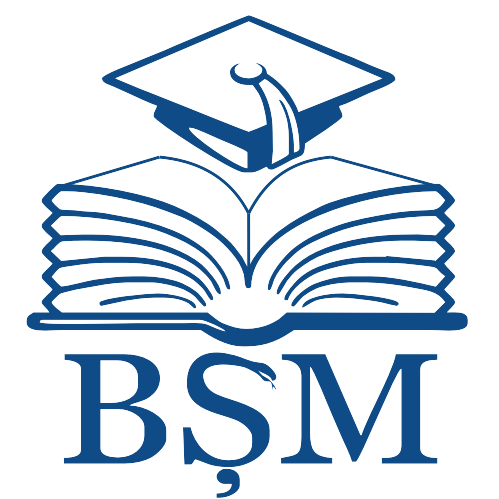|
|
- IRMS - Nicolae Testemitanu SUMPh
- 1. COLECȚIA INSTITUȚIONALĂ
- Revista de Științe ale Sănătății din Moldova
- Revista de Științe ale Sănătății din Moldova : Moldovan Journal of Health Sciences 2025 Vol. 12, Issue 2
Please use this identifier to cite or link to this item:
http://hdl.handle.net/20.500.12710/30956
| Title: | Congenital disorders of glycosylation – diagnosis experience in the Republic of Moldova |
| Authors: | Blăniță, Daniela
Boiciuc, Chiril
Nicolescu, Alina
Sacară, Victoria
Ușurelu, Natalia |
| Keywords: | CDG;IEFT;multisystem involvement;WES/WGS |
| Issue Date: | 2025 |
| Publisher: | Instituţia Publică Universitatea de Stat de Medicină şi Farmacie „Nicolae Testemiţanu” din Republica Moldova |
| Citation: | BLĂNIȚĂ, Daniela, Chiril BOICIUC, Alina NICOLESCU, Victoria SACARĂ și Natalia UȘURELU. Congenital disorders of glycosylation – diagnosis experience in the Republic of Moldova. In: Revista de Ştiinţe ale Sănătăţii din Moldova = Moldovan Journal of Health Sciences. 2025, vol. 12, nr. 2, pp. 3-9. ISSN 2345-1467. DOI: https://doi.org/10.52645/MJHS.2025.2.01 |
| Abstract: | Introduction.
Congenital disorders of glycosylation (CDG) represent a group of rare diseases with multisystem involvement and exponential expansion, characterized by defects in the glycosylation process, which is essential for the proper functioning of proteins and lipids. These often manifest under the guise of other pathologies. The objective of the study was to diagnose CDG using Isoelectric Focusing of Transferrin (IEFT) in the Republic of Moldova and to identify diseases that mimic CDG.
Material and methods.
Following medical-genetic consultations at the Institute of Mother and Child, 320 patients suspected for CDG were selected. History, clinical and paraclinical data were collected, and the proposed research questionnaire was completed. After signing the informed consent, the biological samples (serum, plasma, urine, DNA, DBS) were collected from all patients. Screening serum using the IEFT method was performed for 150 patients due to limited availability of reagents. For cases with negative CDG results, selective molecular-genetic tests such as MLPA, CGH-array, WES/WGS were performed.
Results.
Clinical and paraclinical examination of patients suspected CDG revealed multisystem involvement in 99.1% of cases, predominantly affecting the central nervous system in 92.2%. System and organ evaluation showed that, in addition to neurological damage there were skeletal (22.5%), renal (10.9%), ophthalmological (38.8%), muscular (22.5%), hepatic (20.9%), cardiac (40.6%), auditory (5.9%), pulmonary (3.8%), and gastrointestinal (29.4%) involvement. Analysis of 150 serum samples by IEFT method identified 3 positive cases for CDG. Molecular genetic testing revealed additional two CDG cases with negative IEFT and over 50 rare pathologies that manifest under the guise of CDG.
Conclusions.
Clinical heterogeneity and disruptions in various biological pathways contribute to the complexity of CDG diagnosis. The clinical overlap of genetic diseases represents a considerable challenge for clinicians, as similar symptoms between different genetic conditions can lead to confusion and delay in identifying the disease. |
| metadata.dc.relation.ispartof: | Revista de Științe ale Sănătății din Moldova = Moldovan Journal of Health Sciences |
| URI: | https://doi.org/10.52645/MJHS.2025.2.01
https://repository.usmf.md/handle/20.500.12710/30956 |
| ISSN: | 2345-1467 |
| Appears in Collections: | Revista de Științe ale Sănătății din Moldova : Moldovan Journal of Health Sciences 2025 Vol. 12, Issue 2
|
Items in DSpace are protected by copyright, with all rights reserved, unless otherwise indicated.
|


